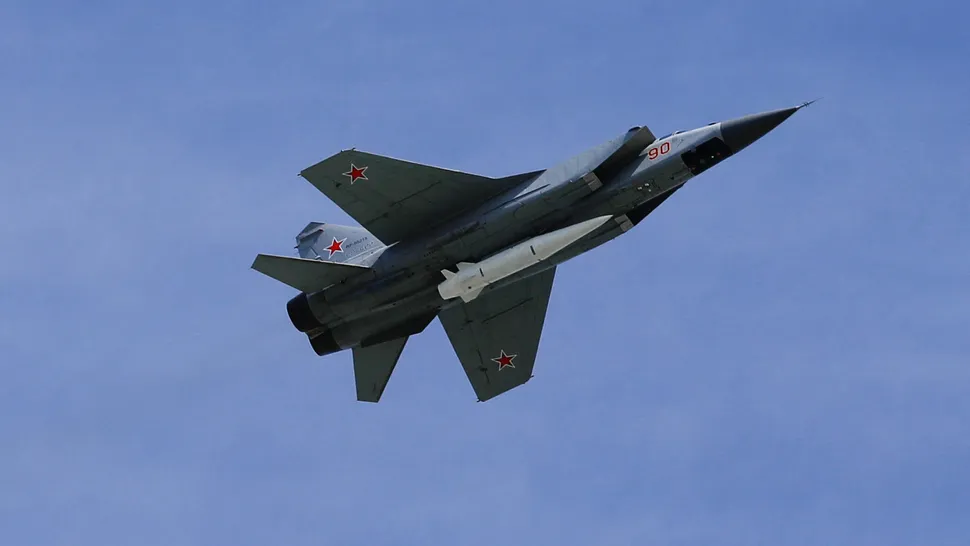Russian defense ministry
officials said the country used a new hypersonic missile in an attack on
Ukraine on Friday, marking its first use in combat.
The hypersonic missile,
called Kinzhal ("Dagger" in Russian), was used in an attack on a
large underground warehouse in southwestern Ukraine, accokrding to
Bloomberg News, which cited that Russia's claim had yet to be independently
verified.
Hypersonic missiles are weapons
designed to fly at speeds greater than five times the speed of sound, or Mach
5, which is about 3,800 mph (6,100 kph). Their speed and ability to maneuver
themselves to a target makes them extremely difficult to track and shoot down.
The United States, Russia, China and North Korea have been developing
hypersonic weapons, some of which are launched into space, in pursuit of
long-range flight and maneuverability.
Russia's Kinzhal hypersonic
missile, is an air-to-ground weapon carried on Russian MiG-31K fighter
jets and has a reported range of 1,240 miles (2,000 kilometers), according
to a Tass report in 2018.
Russian President Vladimir Putin
has said the country is also developing a hypersonic incontinental
ballistic missile called Avangard that will travel at Mach 20 to reach
targets around the world.
North Korea claims to have tested
its hypersonic missile this year. Last August, China
reportedly launched a hypersonic missile test on a Long March
rocket, with the U.S. military testing hypersonic technology in a series of
small rocket launches in October.
Aerospace companies are also
pursuing hypersonic technology to develop faster jets for air travel.
Stratolaunch is building a hypersonic
research plane called Talon that is designed to fly up at speeds of Mach 6
and be launched from Roc, the world's largest plane that Stratolaunch built for
mid-air rocket launches. Talon will serve as a testbed for to develop new
hypersonic technologies for use in the government and commercial sectors.
Another company, Hermeus Corp.,
is developing a hypersonic plane called Quarterhorse to travel at
Mach 5 or above for air travel. It unveiled its first full-scale
prototype in November.

Very dangerous missile
ReplyDelete